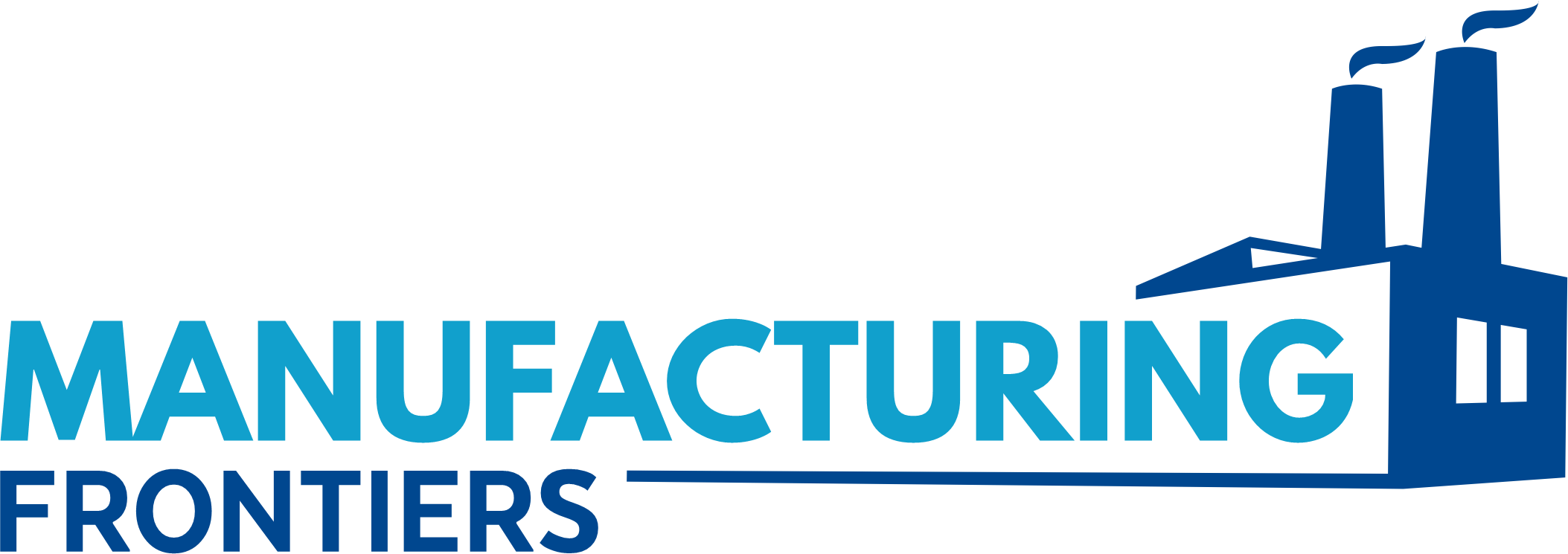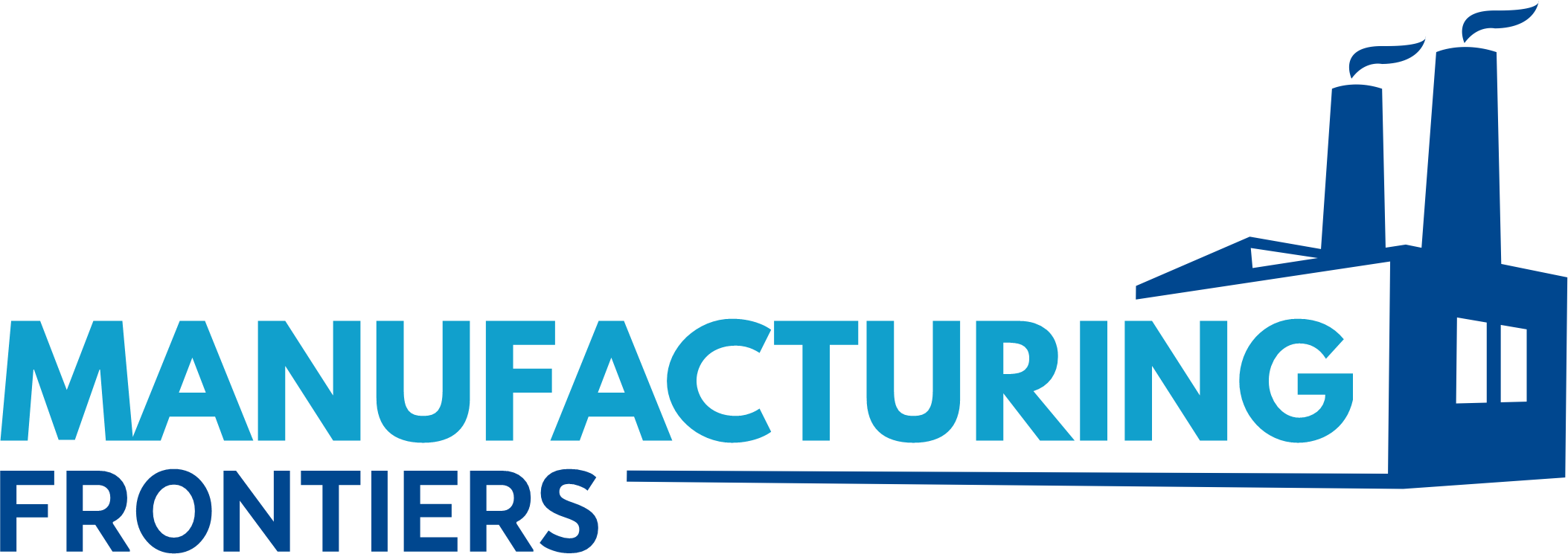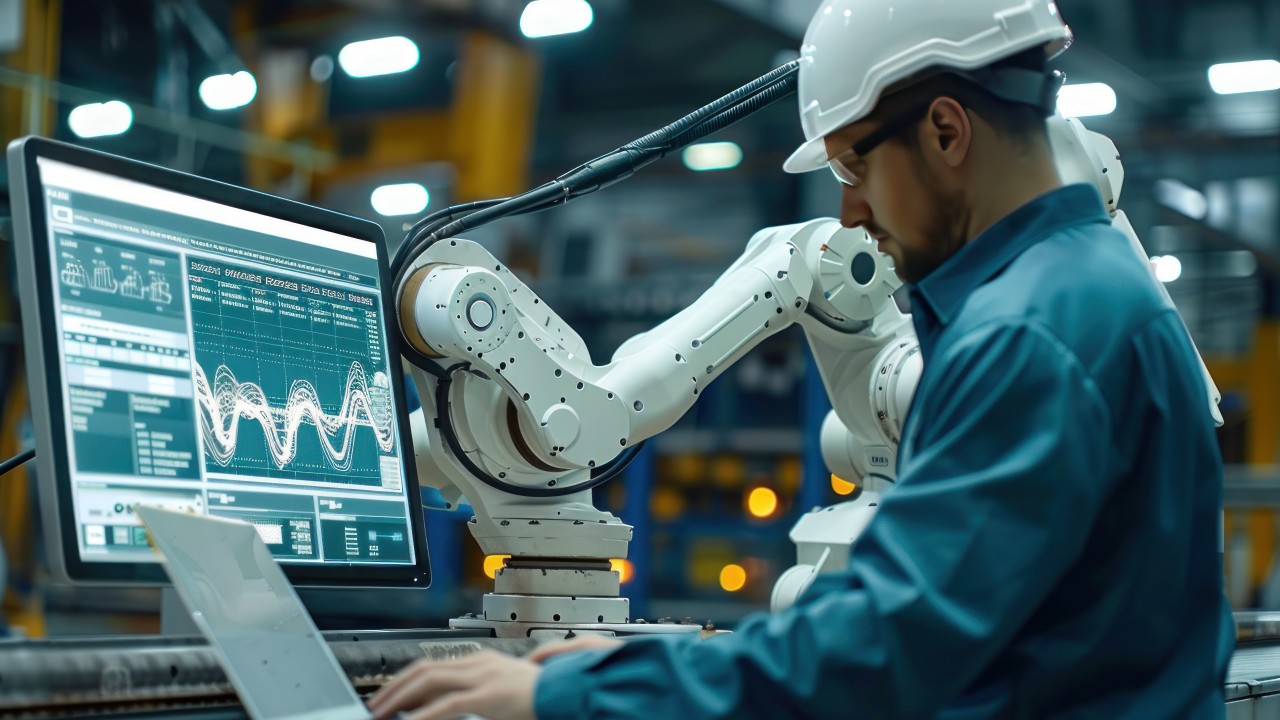growth. By investing in predictive maintenance, businesses can streamline operations, reduce costs, and boost their bottom line.
Establishing Visibility and Remote Management of Manufacturing Processes
The first step in effective predictive maintenance is establishing real-time visibility across all manufacturing processes. Leveraging IoT sensors and cloud-based platforms, manufacturers can remotely monitor machinery, equipment, and overall production lines from any location. This visibility allows teams to track key performance indicators (KPIs) in real-time, assess machine health, and anticipate potential issues before they impact production.
With the ability to access data remotely, maintenance teams can act quickly and efficiently. They no longer have to rely on reactive, on-site interventions; instead, they can make data-driven decisions from a distance, optimizing workflow and reducing manual oversight. Remote monitoring systems also enable early warning signals, allowing for swift interventions when anomalies are detected, minimizing disruption to operations.
Implementing Machine Health Monitoring Techniques to Minimize Downtime and Enhance Productivity
Machine health monitoring techniques are at the heart of predictive maintenance. By integrating sensors into equipment, manufacturers can continuously monitor critical metrics like temperature, vibration, pressure, and motor speed. These metrics can provide early indications of wear and tear, helping to pinpoint when maintenance is required—before a failure happens.
Advanced monitoring technologies can also generate historical performance data, which can be analyzed to uncover patterns of deterioration, thereby identifying equipment that is at higher risk of malfunction. This data allows manufacturers to schedule maintenance activities more effectively, ensuring that machines are serviced at the right time and reducing unnecessary downtime. By addressing potential issues before they become critical, manufacturers can keep production lines running smoothly and maximize productivity.
Optimizing Machine Monitoring Effectiveness to Maximize Operational Efficiency
For predictive maintenance to have the desired impact on operational efficiency, it’s crucial to optimize machine monitoring techniques. This involves choosing the right technologies that align with the unique needs of the manufacturing process and ensuring that sensors and monitoring systems are properly calibrated for accurate readings.
In addition to monitoring basic machine health indicators, manufacturers can integrate condition-based monitoring systems that adjust maintenance schedules based on real-time conditions. For example, instead of performing routine checks at fixed intervals, maintenance can be triggered based on actual wear patterns or performance changes, improving both the efficiency of the maintenance process and the lifespan of machinery.
By optimizing machine monitoring systems, manufacturers can achieve higher uptime, smoother operations, and reduced costs associated with unplanned repairs. Additionally, predictive maintenance systems help create a more reliable and productive manufacturing environment by minimizing interruptions caused by equipment failures.
Leveraging Advanced Technologies to Analyze and Improve Machine Performance for Enhanced Outcomes
One of the greatest advantages of predictive maintenance is its ability to leverage advanced technologies like artificial intelligence (AI), machine learning (ML), and big data analytics. These technologies can analyze vast amounts of data collected from machines to detect hidden trends, predict future failures, and optimize maintenance schedules.
AI and ML algorithms can identify subtle patterns in machine behavior that may go unnoticed by human operators, enabling more precise predictions of when maintenance is needed. By continuously learning from new data, these technologies can improve their predictions over time, leading to even more accurate maintenance schedules and reduced machine downtime.
Furthermore, AI-powered systems can optimize the entire manufacturing process by identifying areas where machine performance can be enhanced. By making data-driven decisions based on predictive insights, manufacturers can improve the efficiency of their machines, reduce waste, and increase overall output.
Implementing Electronic Management of Change (EMOC) to Streamline Operational Transitions and Improvements
To support the seamless integration of predictive maintenance practices, manufacturers should implement Electronic Management of Change (EMOC) systems. EMOC helps ensure that changes to the operational processes—whether in maintenance schedules, equipment modifications, or technology upgrades—are properly documented, evaluated, and approved.
By streamlining the process of making changes to manufacturing operations, EMOC minimizes the risk of disruption, ensures compliance with safety and regulatory standards, and helps improve the overall effectiveness of predictive maintenance strategies. It also fosters continuous improvement by enabling organizations to track the performance of new processes or technologies and make data-backed decisions for further optimizations.
Conclusion: Driving Growth Through Proactive Maintenance
Predictive maintenance offers a transformative approach to manufacturing operations, empowering organizations to be more proactive in their maintenance strategies. By establishing visibility, monitoring machine health, leveraging advanced technologies, and implementing systems like EMOC, businesses can reduce unplanned downtime, boost productivity, and achieve operational excellence. The long-term benefits of predictive maintenance—such as increased equipment lifespan, reduced maintenance costs, and improved product quality—directly contribute to business growth, making it a critical investment for any modern manufacturing organization.
As manufacturers continue to adopt more connected, data-driven approaches, predictive maintenance will play a pivotal role in shaping the future of the industry, driving both efficiency and profitability.









